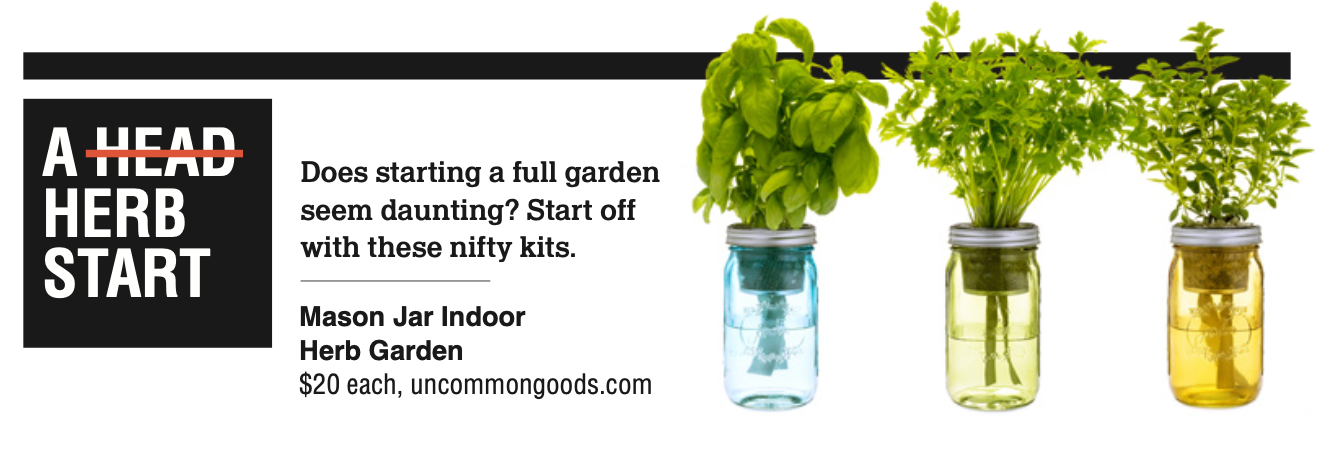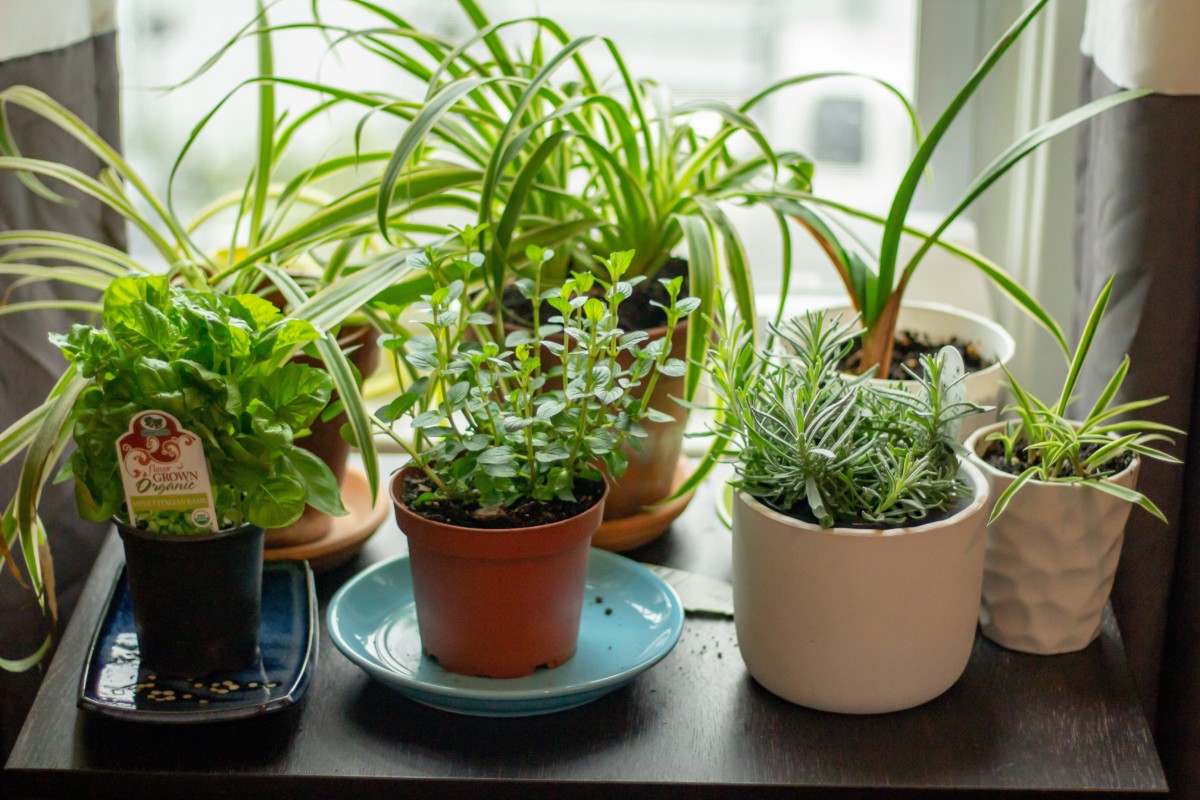Fight the urge to click that “continue watching” button on Netflix and adopt a hobby that’ll spice up your life. And what better way than creating your very own herb garden?
Herbs can be used any time during the season, fresh or dry and their essential oils create lasting flavors without any added fat, sugar or sodium. Herbs were popularly used thousands of years ago as natural remedies. Fast forward to today, and you’ll notice they’re primarily used for enhancing the taste of foods.
Herb plants carry unique aromas and flavors, acting as that game-changer you need for any food dish. And as an added bonus, their various colors and textures can help bring some sunshine indoors. Since they’re only needed in small portions for cooking, they thrive as small indoor plants fit for windowsills, but they also grow well in outdoor flower beds. It’s time to beat the boredom with this affordable activity!
WHAT YOU NEED TO GET STARTED
- A pot (Clay, wood, resin, metal, etc.) Herbs of choice
- Potting soil
- Water
THE BEST PLANTS TO GROW
You can purchase seeds at any supermarket or gardening center. Oregano, mint, thyme, sage and rosemary are the best and easiest herbs to start with for window gardens, according to the University of Florida’s Gardening Solutions program. Rosemary plants can grow leaves for years, while basil is perfect for the indoors and outdoors. Mint spreads quickly, so its typically best to grow within containers. And thyme flourishes in both rock gardens and cascading over containers.
PLANTING YOUR HERBS
Use a hanging tray that houses all your herbs with similar watering needs or paint your own pot! The options are endless in matching your plants to your living space. Be sure your container has holes at the bottom, so that it properly drains when you water it. Herbs need loose, fast-draining soil. Soggy soil can be fatal to these plants, according to UF’s Gardening Solutions. Use potting soil, and let it dry slightly before watering again. Keep the soil slightly moist, but not soggy. Rely on the soil to tell you when to water. If it feels dry about a fingernail under the surface, your herbs likely need more moisture.
Herbs prefer a sunny location and can be grown in the same conditions as vegetables, whether indoors or out. About six to eight hours of good sunlight will keep your plant perky and a vivid green. The same steps apply to growing outdoor herb gardens. Check seed packets for the proper water, space and sunlight needed for your plant.
Even if you don’t have a sunny windowsill, you can still grow herbs indoors with new kits and systems like hydroponics, which grow plants in nutrient-rich materials instead of soil. Insert pre-seeded pods of basil, oregano, thyme and more into the hydroponic container or by planting seeds in the provided pots. Although more expensive than a traditional garden, it’s readily available moisture and nutrients make herbs grow faster. As the herbs grow, just add water!
Related articles:
Can Foods That Are High in Zinc Keep You Healthy?

